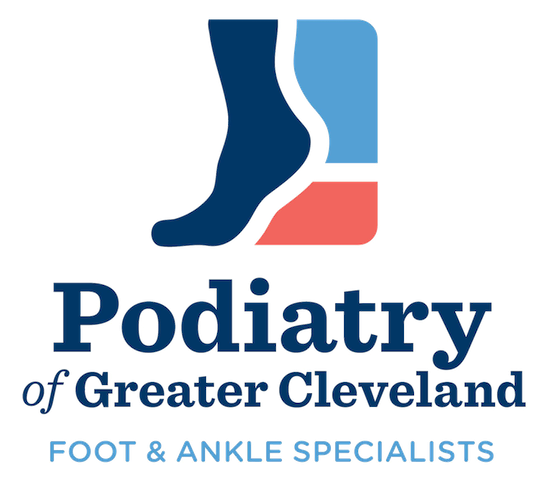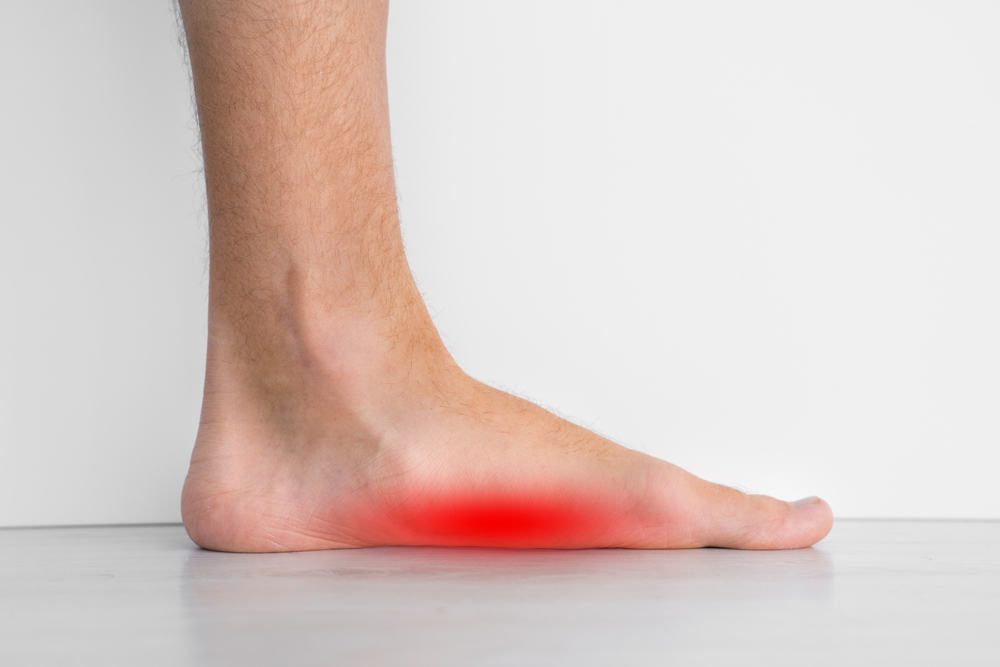For those with flat feet, also known as flatfoot, standing or partaking in any physical activity can be painful. This is because there is no arch in the foot so the entire sole of the foot touches the ground. There are numerous causes, symptoms, and variations of this condition, with some people being relatively unaffected by it. However, flatfoot is very common and being able to identify it can alleviate discomfort and assist with preventing progression.
Babies are born with flat feet and arches typically develop around age 6. However, approximately 2 out of 10 children still have flat feet as adults (Cleveland Clinic, 2021). Flatfoot can also develop later in life as it can be genetic or caused by other factors such as diabetes, high blood pressure, achilles tendon injuries, broken bone injuries, obesity, rheumatoid arthritis, aging, and more.
Flatfoot can lead to discomfort and swelling primarily in the heel or arch area of the foot (Mayo Clinic, 2020). However, severe pain or swelling as well as stiff feet, problems balancing, or difficulty walking, mean it is time to contact a healthcare provider. Though some people with flatfoot don’t experience discomfort, it does increase the risk of bone spurs, arthritis, bunions, or shin splints (Cleveland Clinic, 2021).
A common treatment for flatfoot is wearing orthotic shoe inserts. Orthotics can be customized to each foot and they are made to provide extra support. Though they won’t necessarily cure the condition, they can significantly decrease symptoms and discomfort. Additional recommendations include monitoring diet and weight as well as implementing stretching exercises. However, treatment recommendations vary based on the extent of the condition and what symptoms are present.
Flatfoot is very common and it doesn’t need to be uncomfortable or disrupt daily life. Consulting with a podiatrist can help keep symptoms at bay. At Podiatry of Greater Cleveland our doctors are very experienced with flatfoot and curating specific treatment plans that address our patients’ concerns. If you believe you have flatfoot or have any questions, contact our offices to schedule an appointment today.

